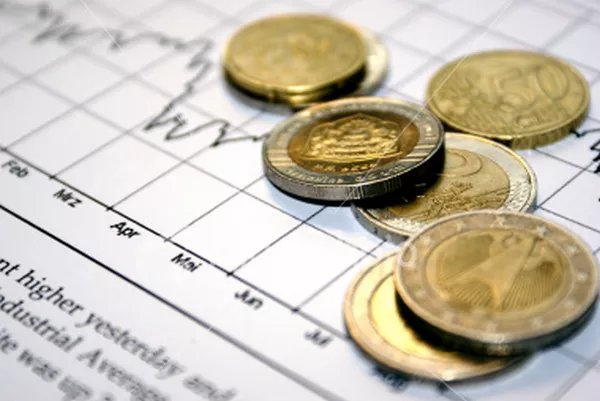Gold has long been regarded as a valuable and sought-after precious metal, captivating humanity for centuries. In modern times, investors and traders have the opportunity to participate in the gold market through various instruments, one of which is the gold spot. In this comprehensive article, we will delve into the intricacies of the gold spot market, its significance, trading mechanics, and the factors that influence its price.
Understanding the Gold Spot Market
The gold spot market refers to the market where immediate transactions of physical gold occur at the prevailing market price, commonly known as the spot price. Unlike futures contracts or options, which involve the delivery or settlement of gold at a future date, the gold spot market enables instant settlement of the metal, typically within two business days.
The spot price of gold represents the current market value of one troy ounce of gold, quoted in major currencies such as the U.S. dollar (USD), euro (EUR), or British pound (GBP). It serves as a benchmark for global gold prices and is influenced by a variety of factors, including supply and demand dynamics, economic indicators, geopolitical events, and investor sentiment.
Factors Affecting Gold Spot Prices
- Supply and Demand:
The fundamentals of supply and demand play a significant role in determining gold spot prices. Gold production levels, central bank reserves, jewelry and industrial demand, and investor sentiment all contribute to the supply-demand dynamics. Increases in demand or decreases in supply can drive gold prices higher, while the opposite can lead to price declines.
- Economic Indicators:
Gold is often considered a safe-haven asset that investors flock to during times of economic uncertainty. Economic indicators such as GDP growth, inflation rates, interest rates, and geopolitical tensions can influence investor sentiment and subsequently impact gold prices. For example, during periods of high inflation or geopolitical instability, investors may seek the relative stability and store of value provided by gold, leading to increased demand and upward price movements.
- Currency Movements:
Gold is traded globally in various currencies. Therefore, fluctuations in currency exchange rates can impact gold spot prices. A weakening currency relative to gold can make gold relatively more expensive for holders of that currency, potentially increasing demand and driving up prices. Conversely, a strengthening currency can make gold relatively cheaper, potentially leading to lower demand and downward pressure on prices.
Trading Mechanics in the Gold Spot Market
- Market Participants:
The gold spot market accommodates a wide range of participants, including central banks, institutional investors, hedge funds, jewelry manufacturers, and individual retail traders. Market liquidity is generally high, ensuring ease of entry and exit for traders.
- Spot Contracts:
Spot gold trading involves the purchase or sale of gold for immediate delivery. The transaction is typically settled within two business days after the trade date. Buyers pay the spot price plus any applicable fees, such as dealer premiums or storage costs. Spot contracts are executed through over-the-counter (OTC) transactions or electronic platforms offered by brokers or bullion dealers.
- Hedging and Speculation:
Market participants engage in spot gold trading for various reasons. Some use it as a hedging tool to mitigate risks associated with currency fluctuations, inflation, or other market uncertainties. Others engage in speculative trading to profit from short-term price movements. Speculators can take long or short positions based on their outlook for gold prices, aiming to capitalize on price fluctuations.
- Storage and Custody:
Physical possession of gold is not always practical or feasible for individual traders. Bullion dealers and banks offer storage services where traders can securely store their gold holdings for a fee. These services ensure safekeeping and facilitate easy trading without the need for physical delivery.
Conclusion
The gold spot market serves as a hub for immediate trading of physical gold at the prevailing market price. It offers market participants the opportunity to engage in hedging activities, speculate on short-term price movements, and diversify their investment portfolios. Understanding the factors that influence gold spot prices, such as supply and demand dynamics, economic indicators, and currency movements, is crucial for traders seeking to navigate this exciting and dynamic market. As with any investment, thorough research, risk management, and staying informed are essential to make informed trading decisions in the gold spot market.


